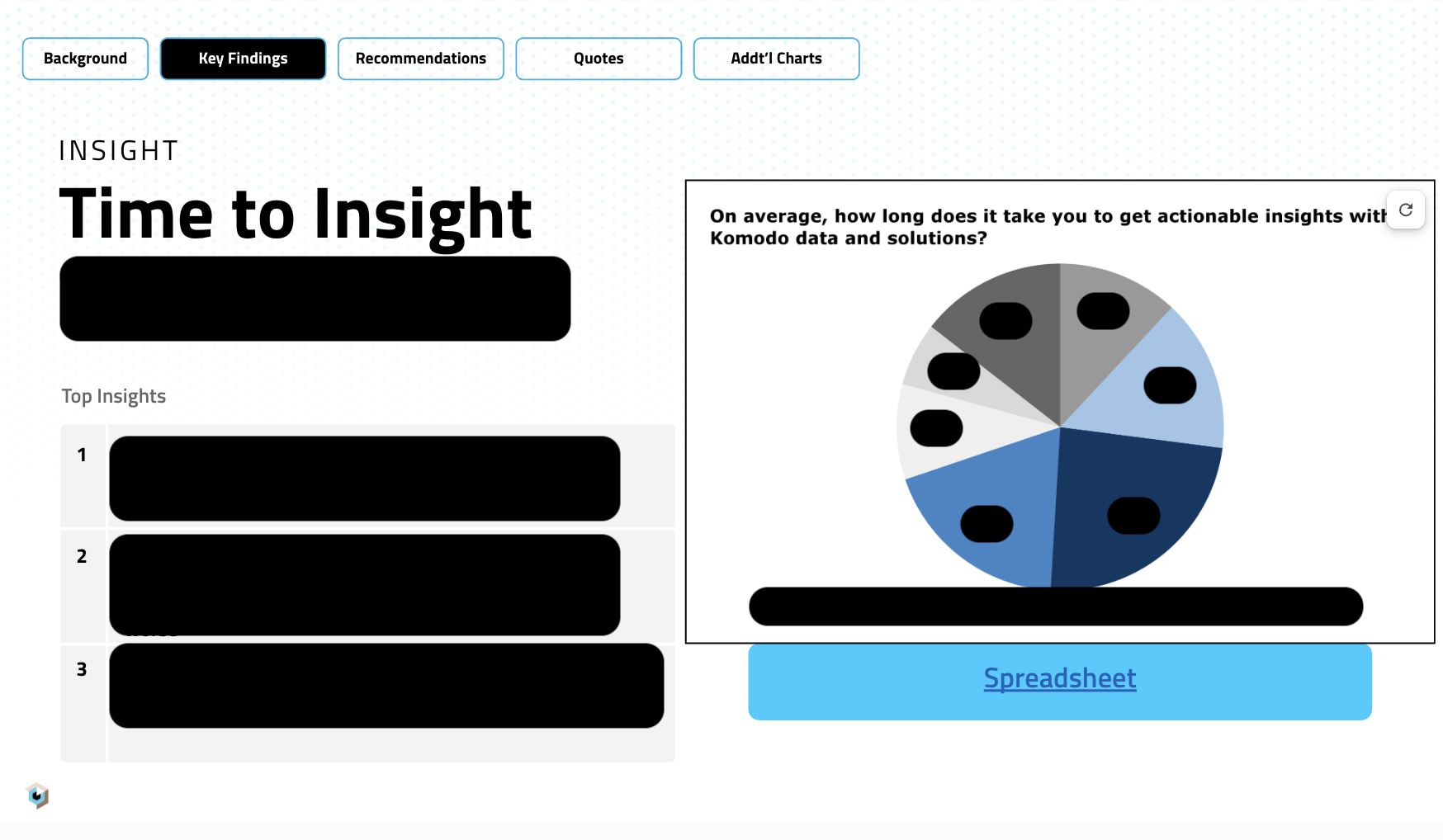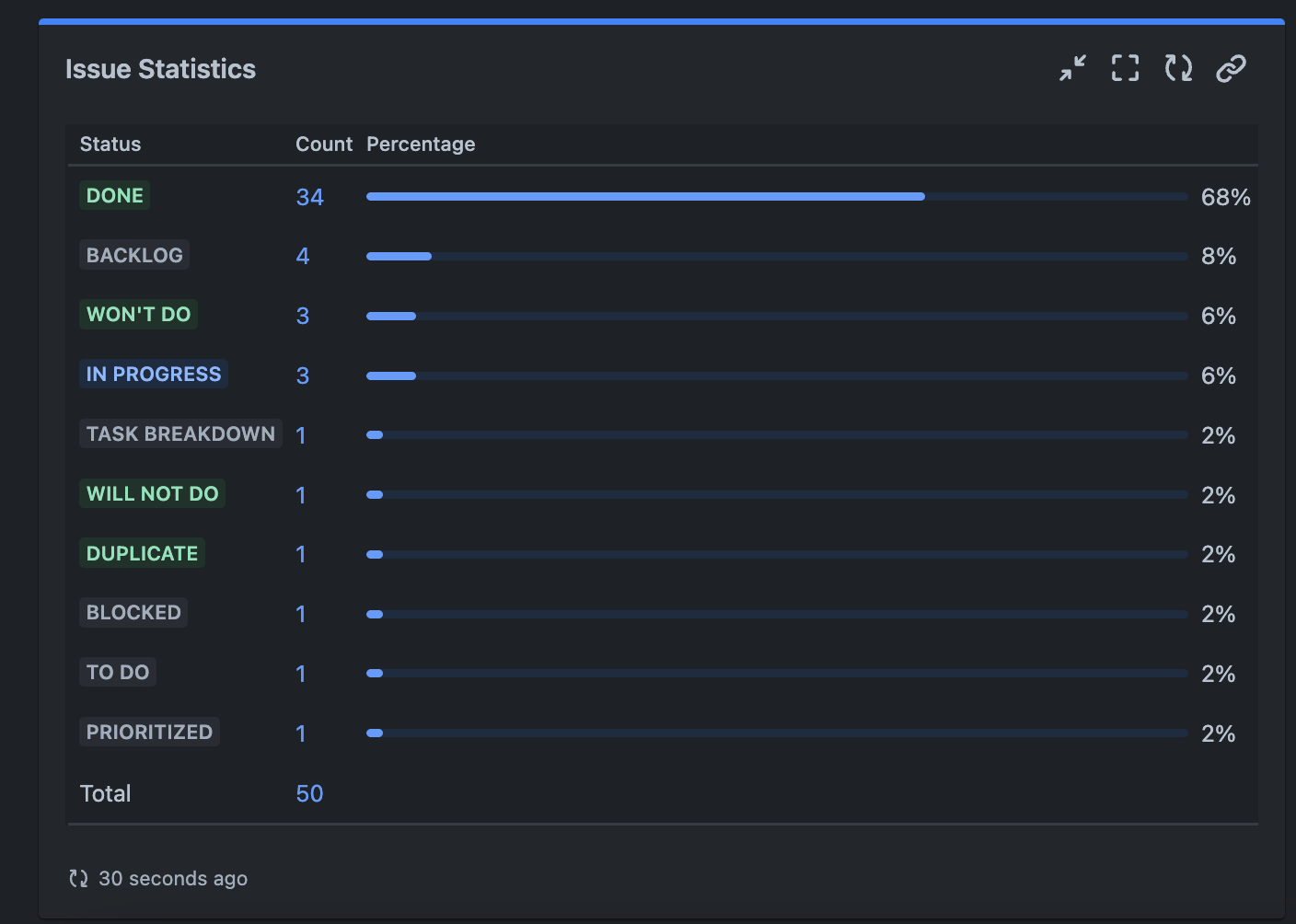About the Problem
Understanding customer sentiment is essential to creating products that meet evolving needs. However, capturing and acting on feedback at scale can be challenging without a structured Voice of the Customer (VOC) program. I sought out to create one after seeing the value it brought at Amazon.
Goals
- 📢 Feedback Collection – Developed a structured feedback loop across all the entire company with >300 customer responses in 2024.
- 📊 Insights & Trend Analysis – Identified key data and product pain points/opportunities, leading to 50+ product improvements.
- 🚀 Driving Feature Enhancements – Prioritized roadmap decisions based on real customer feedback, increasing product adoption.
Challenges & Solutions
| Challenge | Solution |
|---|---|
| A consolidated system of record was missing for feedback | Feedback intake, ingestion, and analysis phases for VOC insights were created |
| A process to analyze feedback was nonexistent | Product feedback was reviewed each week in a PM meeting while Services and Data feedback were forwarded to POCs for analysis |
| A consolidated feedback loop was needed | Allowing all employees access to the feedback, status, and next steps, along with the ability to self-service filter and search the data, added transparency and closed the loop |
Development Timeline
Failures & Lessons Learned
- ⚖️ Different Motivations – Each individual department has different motivations for providing or analyzing feedback. My initial failure was being too narrowly focused on Product. I learned this quickly as I created quarterly reports and received requests for different views of the data. However, the way I was collecting and analyzing data was far too manual to create these style views. I learned that I needed champions and SMEs from each department to help to put their own view of the data to better relate it to their various departments.
- 🔗 Unchecked Assumptions – I assumed that everyone, especially Product Managers, would want to see this feedback when I launched this program. I was surprised when I found varying degrees of utilization, with some never looking at the feedback at all. I believe this was because I did bring everyone along for the ride with me. I simply wanted validation of my skills and to 'surprise and delight' when the more appropriate route would have been to ensure others had a hand in this value creation.
- ⏳ Consolidate Tooling – One major failure of this program was having the feedback live in separate systems than what were being commonly used. I initially used a research tool called Dovetail but continued to get questions on 'where is this feedback' even though everyone had access. I realized only after getting help from Product Operations that we must reduce the complexity to consolidate systems in order for users to get this data as easily as possible.
- 🔄 Completing the Feedback Loop – 'And now what?' and 'What are you doing with this feedback?' were very common phrases after deploying this program. Individuals wanted not only to be heard, but to ensure their voice had value. This spoke to many aspects of my doctoral research, which I somehow failed to connect at the time. The consolidation of tooling helped to streamline this, but it is a constant battle to ensure that feedback continues to come in and for everyone to feel like they are apart of the process.
Program Impact
The VOC program has played a critical role in refining Komodo’s product offerings by ensuring customer feedback directly influences product decisions.
Business Outcomes
3
Major product developments based on customer feedback
50+
Features improved based on insights
Achievement Highlights
300+
Customer responses collected and analyzed in 2024
19
Analytic templates improved through VOC feedback
Screenshots
Specific data masked to ensure compliance


